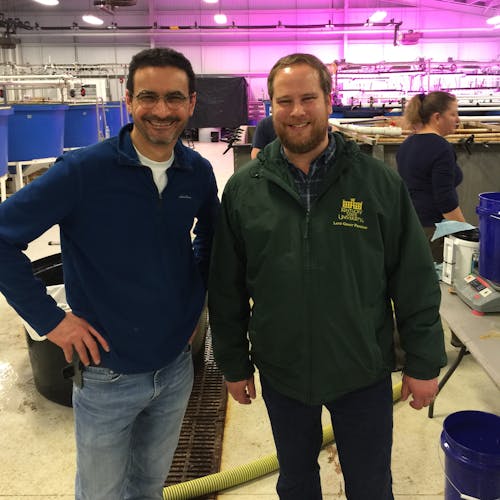It is important to understand the difference between alkalinity and hardness. These two aspects of water chemistry are often confused. The misunderstanding relates to the term used to report them – as ppm CaCO3 (mg/L). TOTAL ALKALINITY indicates the entire quantity of titratable bases present in water, primarily BICARBONATES, CARBONATES and HYDROXIDES. The most important components of alkalinity are bicarbonates and carbonates.
Hardness is the overall concentration of divalent salts (calcium, magnesium, iron, etc.) but does not identify which of these elements is/are the source of hardness. CALCIUM AND MAGNESIUM ARE THE MOST COMMON SOURCES OF WATER.
HARDNESS. Liming increases both alkalinity and hardness.
Ponds with acidic bottom soils that are filled with poorly mineralized water characteristically have low alkalinity and hardness. When total alkalinity and hardness are below 20 mg/L (as CaCO3) pH and productivity are usually reduced. Alkalinity concentrations below 20 mg/L often lead to large swings in daily pH values, which stress aquatic animals.
Acidic soils contain high concentrations of hydrogen ions and/or aluminum relative to the concentrations of calcium and magnesium, which are important minerals for good water quality.
The acidity of pond soils can be neutralized and the productivity of the pond improved by liming.
“Liming” refers to the application of various acid-neutralizing compounds of calcium, or calcium and magnesium. Liming ponds has three important benefits. Liming may enhance the effect of fertilization.
Liming helps prevent wide swings in pH. Liming also adds calcium and magnesium, which are important in animal physiology.
